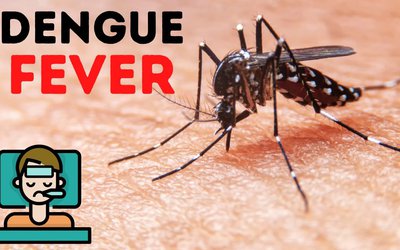Patient safety is a fundamental principal of healthcare. Medical care occurs in complex systems. Like all part of the world, the goal of Nepali Health care organization is to deliver safe, high quality health care to our patients. Despite the best intentions, however, a high rate of largely preventable adverse events of medical errors occur that cause harm to the patients. Our experiences have shown that adverse events also increase costs for additional treatment, claims and litigation. According to WHO, estimates show that in developed countries as many as 1 in 10 patients are harmed while receiving hospital cares.
We cannot change everything overnight. There is a need to have a culture that overtly encourages and supports commitment to patient safety, open communication in a blame free environment. We need to develop in Nepal safety designs and reporting mechanisms for any situation or circumstance that threatens, or potentially threatens, the safety of patients or caregivers. The system should be able to view the occurrence of errors and adverse events as opportunities to make the health care system better.
There are ways to reduce the errors in health care. According to the studies, five ways in which errors can be reduced at making health care safer. These five ways needs to follow to make health care safer. These include:
1 Standard operating procedures and guidelines (SOP):
A standard operating procedure (SOP) is a protocol which details how a certain procedure should be carried out every time it is performed. An extension of this is to standardize best practice. This relies on evidence-based treatments and procedures being consistently performed by every health-care worker. For example: A lumbar puncture kit varies across the world. However, the safest position for the patient and the sites for needle insertion do not vary. A checklist of events helps health-care workers memorize and safely perform clinical duties in addition to providing a framework of safe practice upon which to build further skills. SOPs can also be developed locally to produce best practices appropriate to the resources available.
2. Ensuring Valid and Up-to-Date Training
At the University of Aberdeen, in Scotland, a patient safety module has been integrated into the latter stages of the medical school’s undergraduate curriculum. It teaches students, amongst other things, to: acknowledge human fallibility; recognize medical errors; understand the importance of clear documentation and the reporting of errors; and learn about how other high-risk industries approach risk. Poorly trained health-care workers can be a major contributing factor leading to adverse events. Staff may not be well placed to judge their own level of competence; they may also be overconfident as a consequence of their own limited experience. At the very least, all health-care workers must be competent to deliver safe care, and their organization must have mechanisms to check this.
3. Communication
Effective communication is key to patient safety. A review of root cause analyses suggests that in over 60% of errors, poor communication was an important causal factor. Effective communication is also crucial to managing an incident once it has occurred. Communication in the health-care setting may be divided into two types: those between one health-care worker and another, and those between the patient (and/or family member) and a health-care worker. Each has different elements that can contribute to medical errors.
4. Medication Safety
Medication safety is a broader term that encompasses errors which are not side-effects of the intended drug, but, for example, the result of the wrong drug being administered in error or the right drug being given in the wrong dose or via the wrong route. These are termed adverse drug events.
Sometimes written medical notes are the only means health-care workers have of communicating with each other. Medical records need to be clear and unambiguous. This is especially important when the written information concerns drug dosages, delivery timings and changes to the current regime.
5. Patient Engagement
Providing and receiving health care is an act of partnership and trust between patients and health-care workers. Involving patients more in the process of their care is one of the routes to providing safer care. There are many ways in which patients can become involved in making health care safer. First of these are patients who are better informed about their condition and treatment, through the provision of information on their diagnosis and the treatment options available.
Much is required to be done in order to improve patient safety and inculcate safety culture in a setting of resource constrained developing country like Nepal. It may be challenging but we do not need to wait for any appropriate time to take initiatives for such an issue as patient safety; any time is appropriate for it.
At a time when there is issue and importance of patient safety is coming, developing countries like Nepal is yet to pay much concern. It is unfortunately to say that the importance of awareness about patient safety related issues and prevention of adverse outcome is yet to be properly realized in such setting. Present is the best time for us to take initiatives in patient safety issues in whatever capacity we may be working.
Shapkota can be reached at luminousprakriti@gmail.com
















